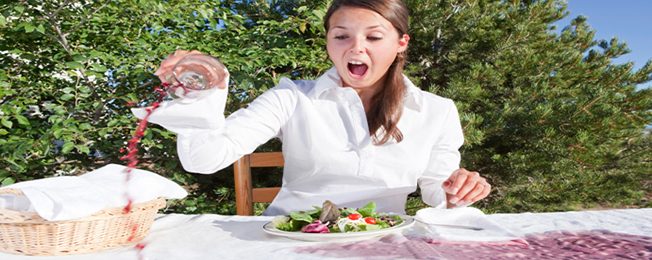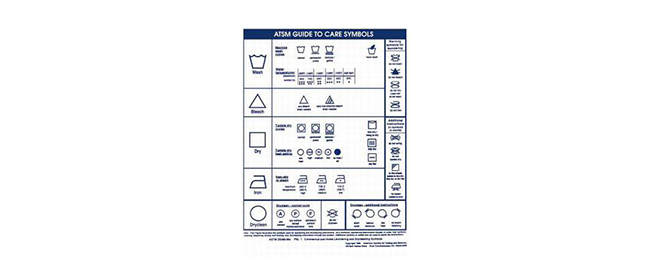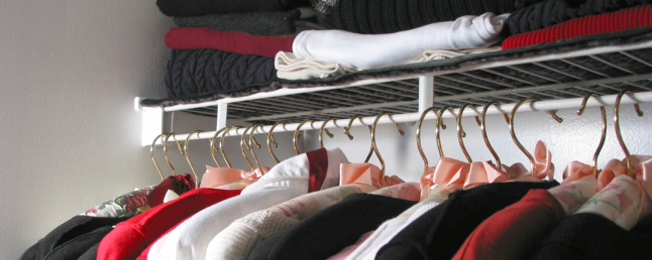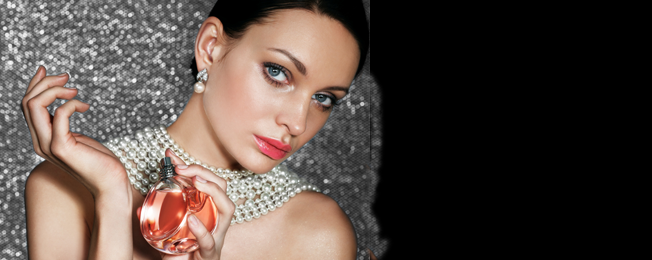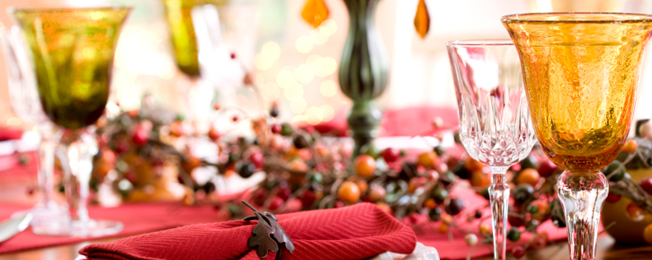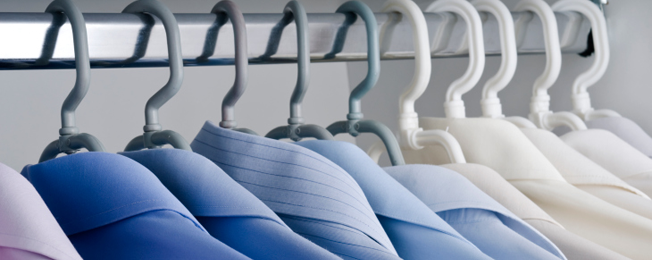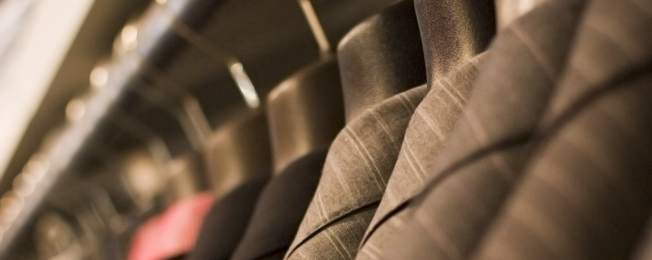Clothing Care Tips and Advice
How did the yellow stains end up on your clothing? You don’t remember it being there before. More than likely they were caused by oxidation.
Here is a scenario: You are out to dinner and a bit of white wine spills on your shirt. You dab it with some sparkling water and hang it up to dry at the end of the evening. The next day the shirt looks great. Fast forward 6 months and you go to put the shirt back on and now it has yellow stains on it.
(more…)
Seltzer
Probably the most common myth about getting out spots is the use of seltzer. Not only is there no benefit to putting seltzer on a stain it could actually be detrimental. Seltzer gets its fizz from injected carbon dioxide, CO2, which can become carbonic acid and actually eat away at the fibers of your clothes. On cotton, linen or polyester, water would be recommended as long as the stain does not contain oil, like in salad dressing…remember oil and water don’t mix.
(more…)
|
DRYCLEAN: Any drycleaning process can be used and may include moisture, pressing by steam or steam-air procedures, and drying up to 160ºF.
PROFESSIONALLY DRYCLEAN: The item may be cleaned by varying from a normal drycleaning process. The care label must provide specific instructions. |
Storing clothes at the end of a season
The most important thing to do is to clean your clothes before storing them. There could be invisible residues of food, perspiration and things like pollen, various types of pollution from the atmosphere left in the clothes. These types of things will attract moths to the clothes whose larvae can eat at the fabric. Moths are also attracted to natural fibers such as wool, silk, etc., so we suggest that they be stored in mothproof bags. (more…)
Perfume Is Harmful to the Health of Your Clothes:
Perfumes, colognes and other scented products often contain alcohol and other ingredients, which can discolor your garment. A little dab on the wrist and there goes a slight color change at the cuff. A light spray at the neck and the collar become a problem. So much as you may be tempted to test out the newest scent, do it with care for your clothes. When you’re dressing at home, apply your fragrance well before getting dressed and give it plenty of time to dry.
(more…)
The Holiday meal is basically impossible to get through without anything being spilled on your beautiful linens. The most important thing to remember when a spill occurs is that TIME IS OF THE ESSENCE. It’s always best to wash stained items or take them to your cleaner as soon as possible. If your table linens are colored or have colored embroidery check for colorfastness before using any stain removal products. Anytime a stain is not washed out before drying it can become more difficult
to remove.
(more…)
What is the difference between dry cleaning and regular washing?
Dry cleaning is any cleaning process for clothing and textiles using an solvent other than water. Special solvents and soaps are used so as not to harm fabrics and dyes that will not withstand the effects of ordinary soap and water. This process is gentler than regular washing because it reduces the possibility of shrinkage and/or color loss.
(more…)
What causes puckering in certain areas of my jacket/coat after cleaning?
Some coats and jackets are made of bonded material. Bonding is when the manufacturer glues two or more fabrics together to produce a certain look and feel. Over time, the glue eventually breaks down leaving a puckered appearance when it separates. To see if a coat is bonded, lift up the inner lining and take notice of the backside of the outer material. If it is not the same material and has a foam backing or a mesh material, then it is bonded.
(more…)



